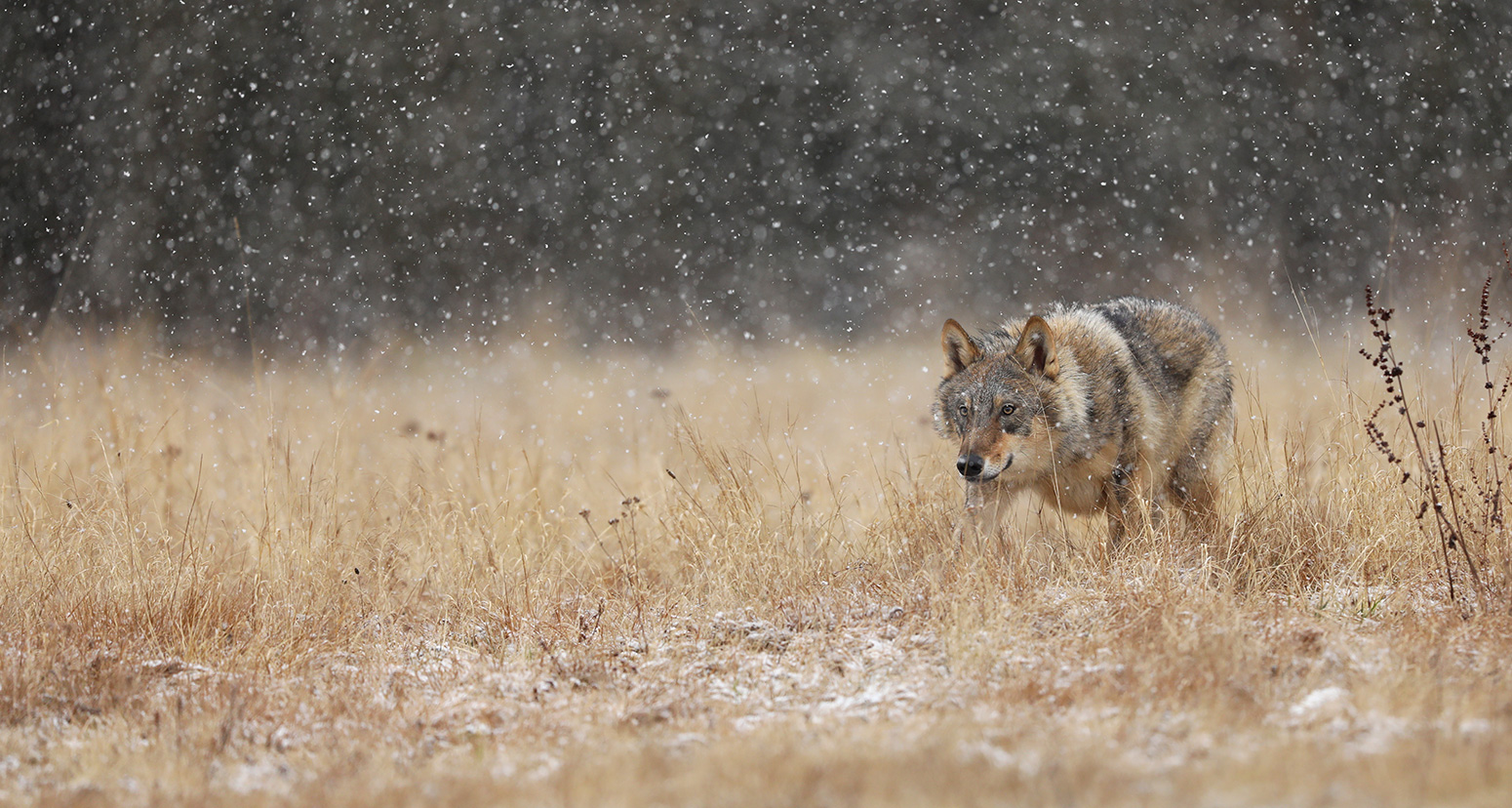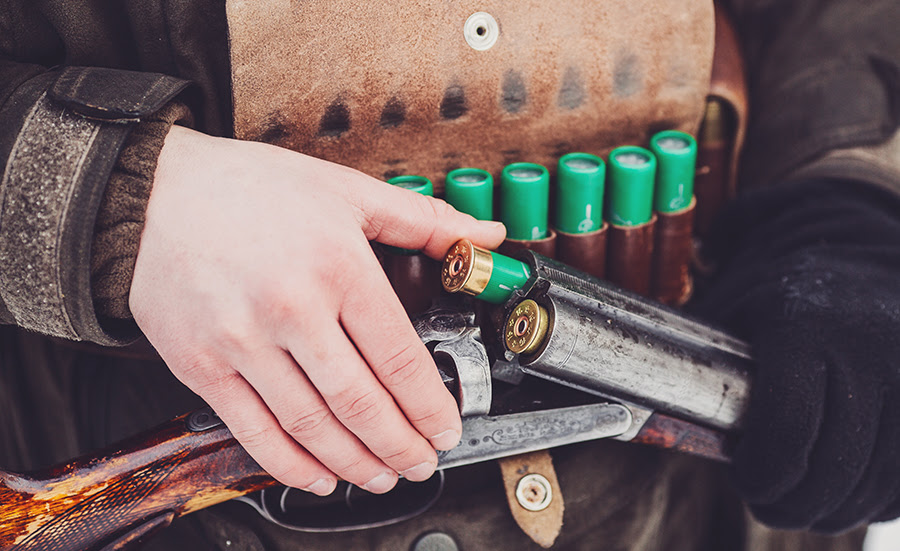FACE PRESS RELAESE

13 DEC 2022 THE FUTURE OF EUROPE’S RURAL AREAS: THE EUROPEAN PARLIAMENT’S POSITION
Posted at 12:53h in Nature Conservation, Wildlife Conservation by FACE
13 December 2022, Brussels – The European Parliament has today voted on the motion “A long-term vision for the EU’s rural areas”. Europe’s rural areas are home to 137 million people representing almost 30% of its population and over 80% of its territory. The motion includes important recognition of game management and its social, economic, cultural and biodiversity benefits as well as a key request to reduce conflicts with large carnivores.
To ensure that rural areas can continue to play these essential roles, a European Commission communication sets out a long-term vision for the EU’s rural areas up to 2040. It identifies areas of action towards stronger, connected, resilient and prosperous rural areas and communities. A Rural Pact and an EU Rural Action Plan with tangible flagship projects and new tools will help achieve the goals of this vision.
The European Parliament’s motion voted today captures the complex economic and social challenges Europe’s rural areas are facing. It presents a number of important solutions to ensure that rural communities are brought along the green transition.
While rural areas in Europe are profoundly diverse from an historical, geographical, and economic perspective, they often face similar social and economic challenges. For instance, access to high-quality services of general interest, demographic decline and ageing, vulnerability to the impacts of crisis, and political underrepresentation are just some of the challenges affecting rural communities.
Many challenges need tailored bottom-up and community-based approaches. In this context, the motion calls for the effective application of the principle of subsidiarity to ensure that rural communities are better involved in the development, implementation and evaluation of EU policies affecting them.
With regard to hunting, the motion stresses “the importance in social, economic, cultural and biodiversity conservation terms of sustainable game management for the future of rural areas”. This is a significant recognition for millions of hunters across Europe who are involved in conservation projects bringing a wide range of benefits to rural areas.
As to the environmental policies affecting rural stakeholders, the motion also focuses on the increasing conflicts with large carnivores that rural communities face. In line with the recently adopted EP motion “Protection of livestock farming and large carnivores in Europe”, the motion recalls “the responsibility of the Commission to assess progress in achieving conservation status and, where appropriate, to amend the protection status of species, if the desired conservation status is reached”.
Commenting on the motion, Torbjörn Larsson, FACE President, states “The motion does an excellent job in underlining the main challenges affecting Europe’s rural areas while at the same stressing the diversity of rural areas across Europe. Amongst these challenges, coexistence with large carnivores has become a key issue and the implementation of Art. 19 of the Habitats Directive must now be dealt with by the Commission, following the recent request from the European Parliament”.
The motion also makes reference to the EU’s interest in building not only cross-border partnerships but also partnerships beyond its own borders – in order to promote more prosperous rural societies and economies with long-term mutual benefits.

Ban on lead in ammunition proposed Brussels, 3 February 2021 – Today, the European Chemicals Agency (ECHA) has published its proposal for further restrictions on the use of lead in ammunition for hunting, outdoor sports shooting and fishing. Its report and annex conclude that restrictions would be justified based on risks to environment and human health. The European Commission (EC) requested ECHA to prepare these proposals back in July 2019.

With respect to lead sold and used in hunting, sports shooting and other outdoor shooting, ECHA proposed the following: • A ban on the sale and use of lead shot for hunting with a five-year transition period and the option for Member States to derogate for sports shooting when releases into the environment are minimised. • A ban on the use of lead in rifle bullets with transitional periods: o 18 months for any centre-fire calibre equal to and above 5.6mm o 5 years for calibres less than 5.6mm centrefire (and rimfire in general). Derogations for continued use, if releases to the environment are minimised, i.e. when sports shooting ranges are equipped with bullet traps. Military and other non-civilian uses of lead ammunition – such as by police, security and customs forces – are not included in the scope of the investigation. Indoor uses of lead ammunition are also excluded. Today’s proposals arrive just one week after the publishing of the lead shot over wetlands’ restriction under REACH, having only received support from 52% of Members of the European Parliament, with some opposition at Council level. The European Federation for Hunting and Conservation (FACE) is assessing these new proposals carefully and will be following the decision-making process actively. For more information including on the next steps, please see: https://echa.europa.eu/-/towards-sustainable-outdoor-shooting-and-fishing-echa-proposesrestrictions-on-lead-use For more information on FACE’s work on ammunition, please see: www.face.eu/firearms-ammunition/ammunition/
#ENDS#
